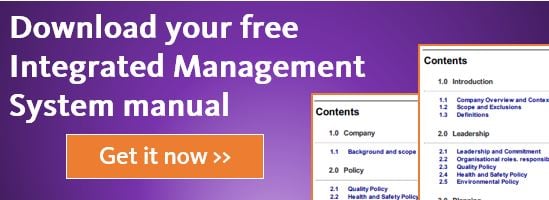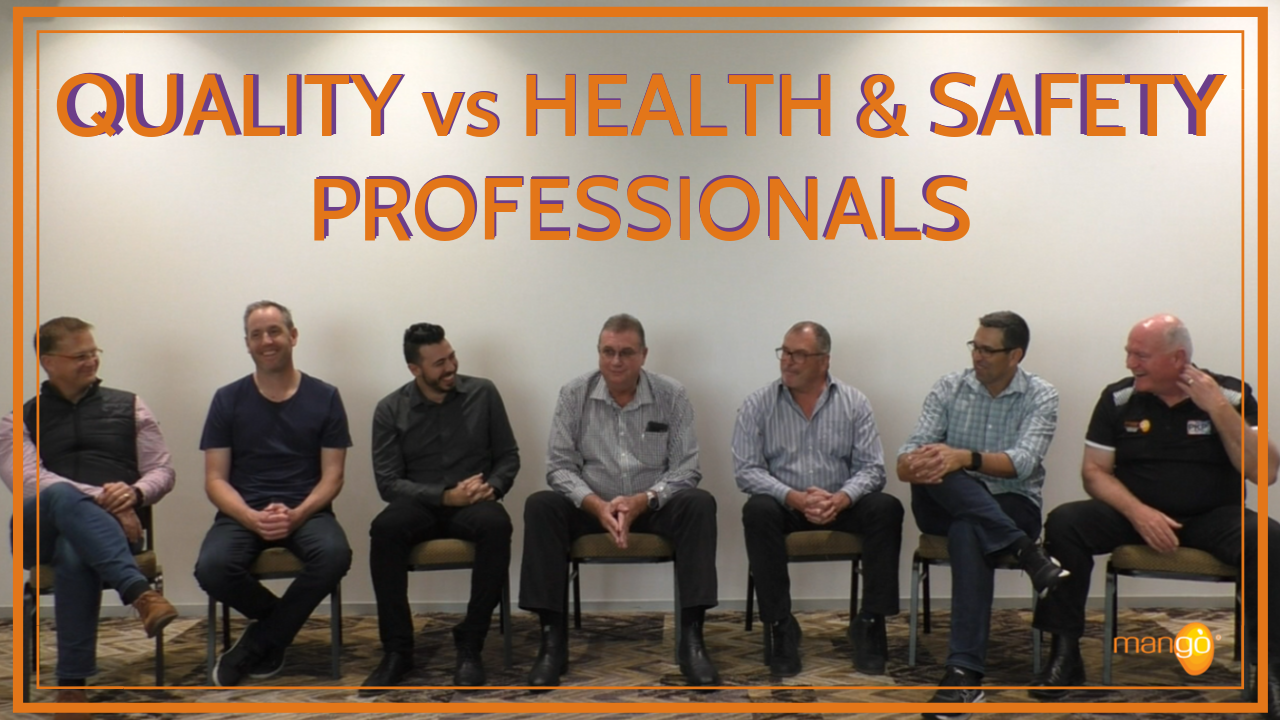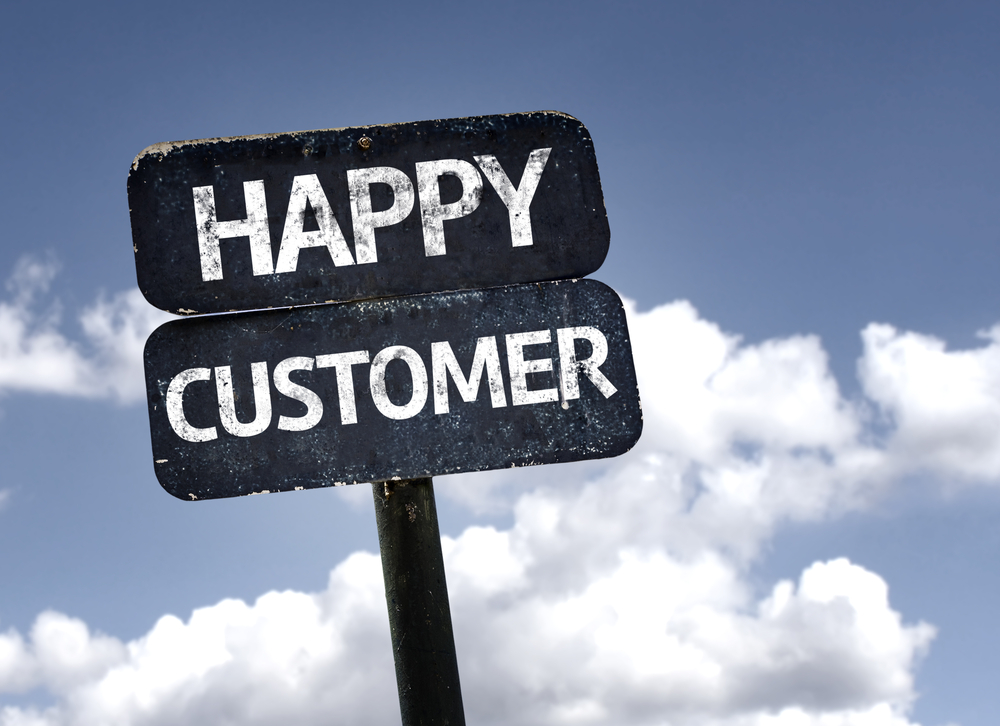The clause 8.5 “Production and Service Provision” is where the rubber meets the road for your QMS. With the addition of some important controls, you’ll find that this is the place where things really get done.
My previous blogs (8.1, 8.2, 8.3 and 8.4) are an essential preamble and have been building up to this important clause. If you’ve done a thorough job of clauses 8.1 - 8.4, then congratulations are in order, because 8.5 will be a breeze.
Clause 8.5.1
This clause starts with controlling how you plan your production and/or service. There’s a handy list of things in the standard that you need to prepare for:
- documented characteristics of product
- monitoring, measuring and acceptance criteria during inspection and test
- infrastructure required
- appointment of competent persons
- testing the product or service
- assess human error
- release, delivery and post-delivery activities
Clause 8.5.2
In this clause, you are required to identify and trace the product and service you deliver. Then you’ll need to check the status of product or service (for instance, does it pass or fail), to ensure that you deliver acceptable product to the customer.
Clause 8.5.3
Clause 8.5.3 requires you to look after product that the customer owns and puts into your product or service. If you do damage to their property then you must report that to them. For example, here at Mango the customer puts their QHSE data into Mango. Therefore we must look after that data carefully with privacy policies (like encryption) and security policies (things like backups and redundancy). If data is lost it must be reported to the customer.
Clause 8.5.4
The fourth step requires that the product is preserved so that it doesn’t get damaged and that it continues to meet the customers’ wants. An example here is using refrigerators to protect food that has a short shelf life. For us at Mango, it means that we must preserve our software so that it’s always available to every customer 24/7. Therefore our database servers are hosted in a professional data centre with disaster recovery plans in place.
Clause 8.5.5
Fifth, 8.5.5 talks about having post-delivery activities to ensure that the customer is well supported. For example here at Mango we have processes for the implementation of our software at the customer’s site. This implementation process includes setup, customisation and training. Once implementation is complete, we then support the customer with FAQs, a Support module, videos, webinars and guidance documents.
Clause 8.5.6
Finally, you must manage change. How you change your product or service can happen in a myriad of ways, and here at Mango we have a multitude of processes for managing such change. Things like:
- Software code version control for managing the software
- Bug fixing changes for managing software incidents
- Support software for managing customer issues
- Release of notes notifying the customer of the changes
- Videos of changes to ensure the customers are aware of the changes
- Training webinars for customers
Takeaways
- You need to plan the production of your products and services.
- During production, identify and then trace the status of the product or service.
- Look after customer-owned product.
- Preserve the product or service once you have produced it.
- Ensure you support the product or service once supplied.
- During this whole process manage any changes that are needed.
View previous blogs in this series "How to Implement a QMS and Achieve ISO 9001 Certification":
How to Implement a QMS and Achieve ISO 9001 Certification - Part 1: Introduction
How to Implement a QMS and Achieve ISO 9001 Certification - Part 2: Customer Focus
How to Implement a QMS and Achieve ISO 9001 Certification - Part 3: Leadership
How to Implement a QMS and Achieve ISO 9001 Certification - Part 4: Engagement of People
How to Implement a QMS and Achieve ISO 9001 Certification - Part 5: Process Approach
How to Implement a QMS and Achieve ISO 9001 Certification - Part 6: Improvement
How to Implement a QMS and Achieve ISO 9001 Certification - Part 7: Evidence Based Decision Making
How to Implement a QMS and Achieve ISO 9001 Certification - Part 8: Relationship Management
How to Implement a QMS and Achieve ISO 9001 Certification - Part 12: Clause 5.2 Policy
How to Implement a QMS and Achieve ISO 9001 Certification - Part 15: Clause 6.2 Objectives
How to Implement a QMS and Achieve ISO 9001 Certification - Part 16: Clause 7.1 Resources
.png?width=200&height=51&name=image%20(2).png)




